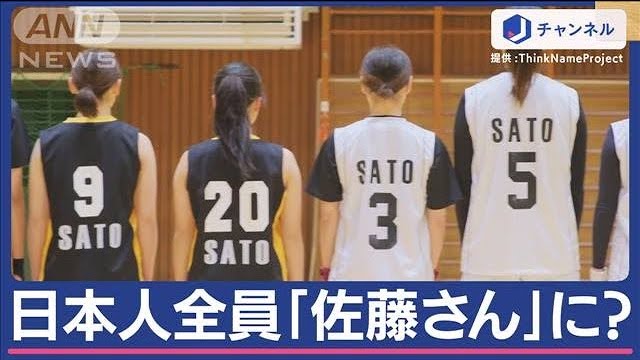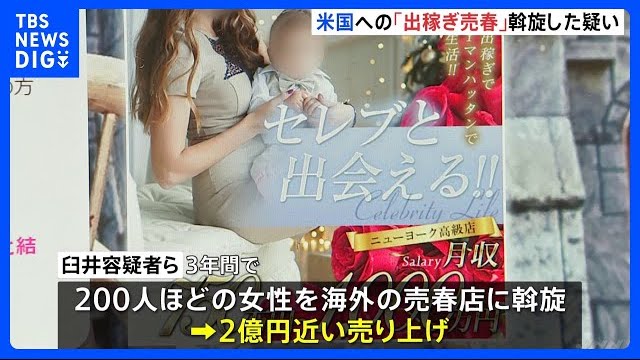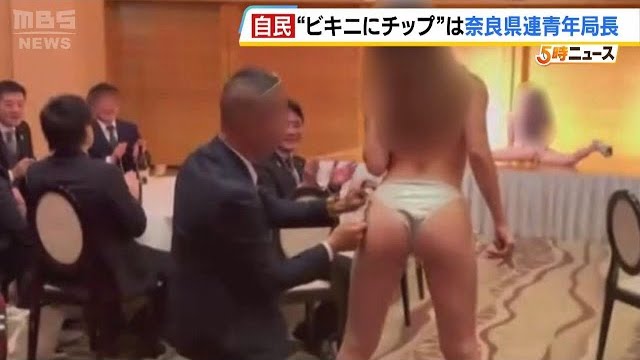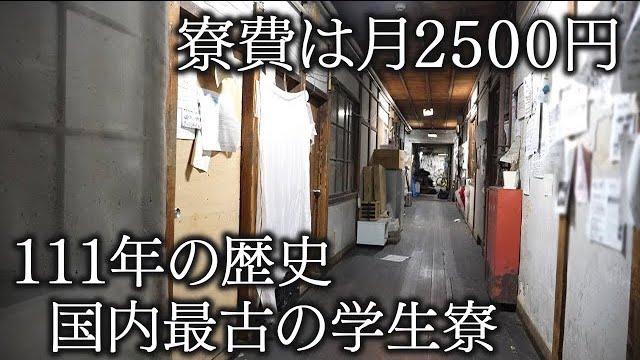In a country famous for the longevity of its inhabitants - this year Japan’s population of people age 100 or over topped 70,000 for the first time - Aomori Prefecture is an outlier.
That’s because Aomori consistently ranks bottom for average life expectancy for both men and women.
According to the government’s most recent statistics, the average life expectancy for men in the prefecture is 78.67 years, and 85.93 for women. In contrast, men in Shiga Prefecture live the longest in Japan on average — just over three years longer than their northern counterparts. Women in Nagano Prefecture live the longest, at 87.68 years.
Aomori is broadly in line with average life spans in countries belonging to the Organisation of Economic Cooperation and Development, of which Japan is a member. But as professor Shigeyuki Nakaji of Hirosaki University in the prefecture points out, just focusing on the headline figures — in this case the average age of death — doesn’t give a full picture of the true health of the prefecture, across all age groups.
“When you take a deeper look into the statistics, you will find that the mortality rate of each age group is quite high in Aomori,†Nakaji said.
“This is why it’s meaningless to focus solely on the elderly,†he added.
For at least the last three decades, Aomori has been trying to play catch-up with the rest of Japan, and several studies as well as public health promotions are ongoing.
In particular, health officials have been trying to wean the people of Aomori off their extreme fondness for salt - and soy sauce and miso and butter - and to re-engineer their lifestyles toward one that includes more exercise, more vegetables and more medical consultations.










